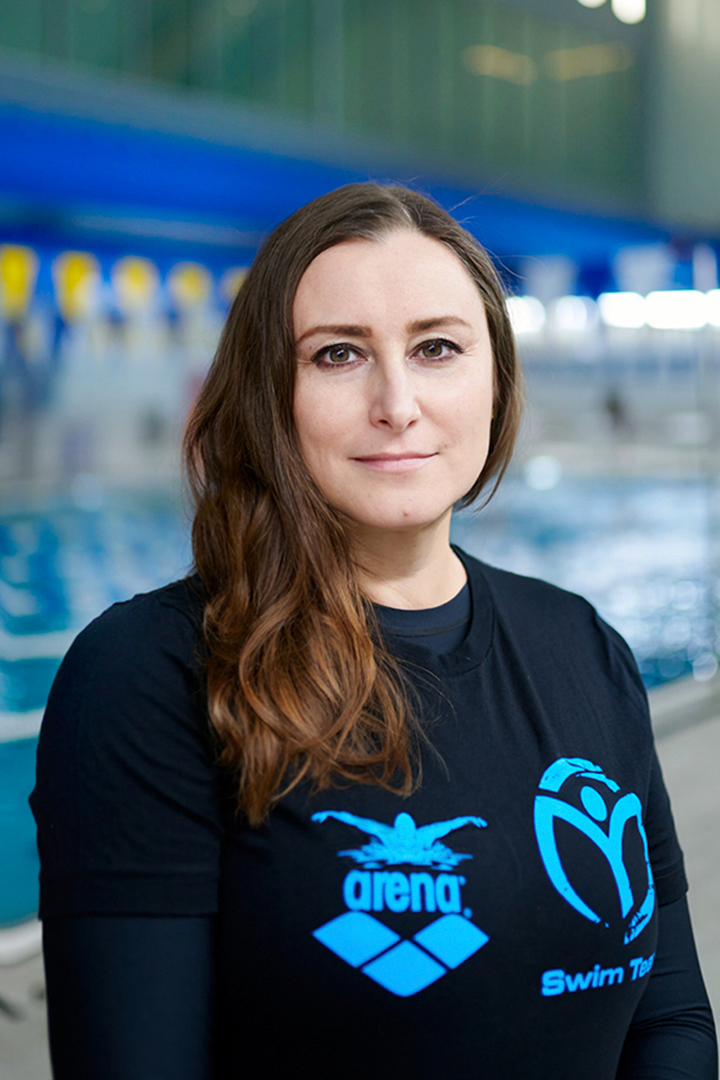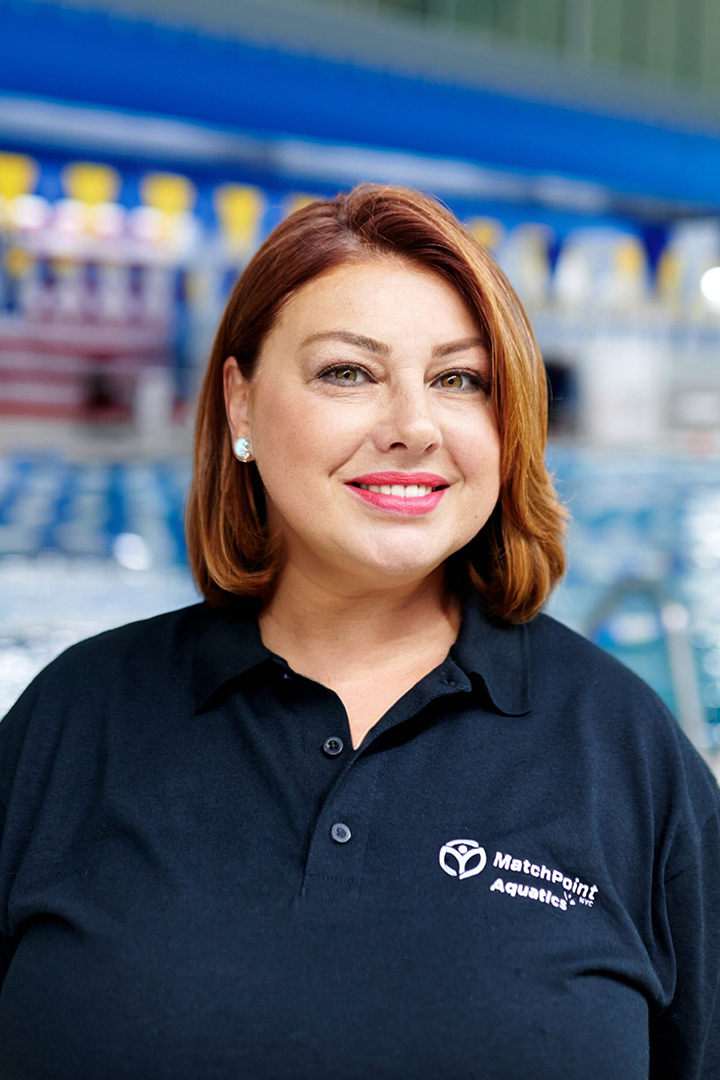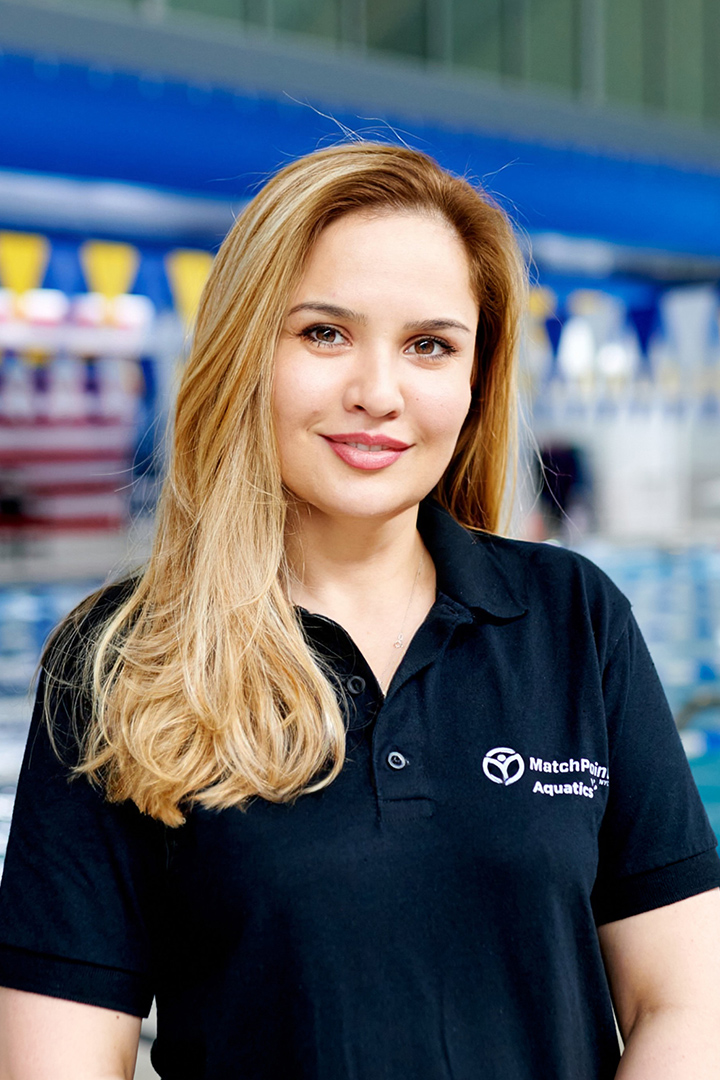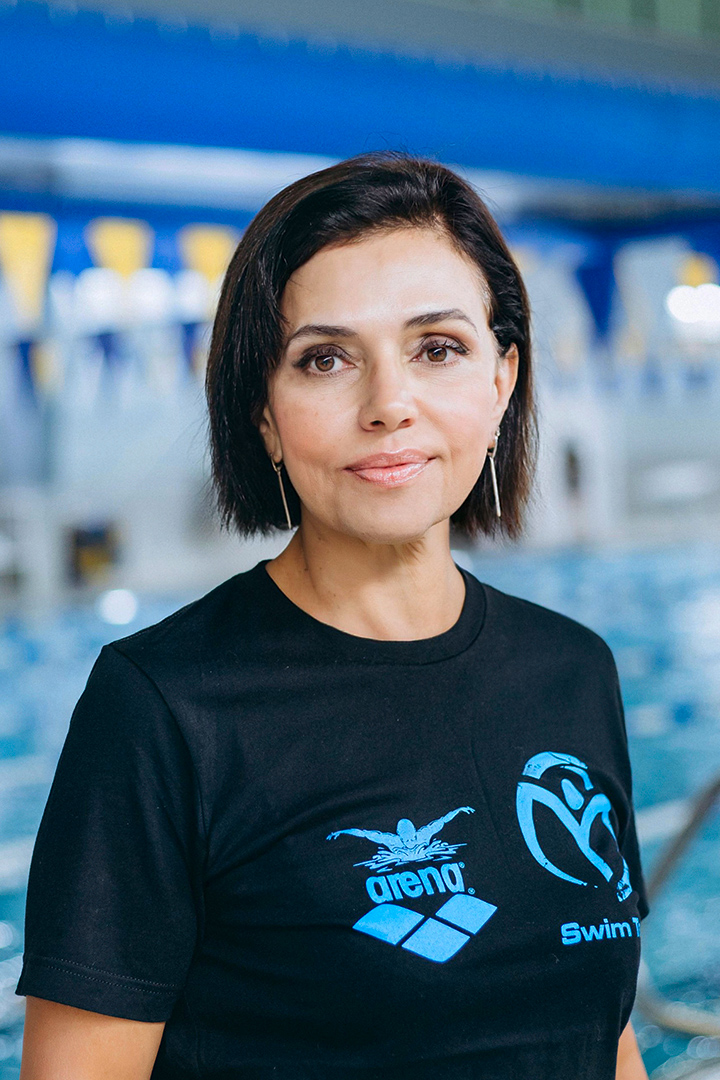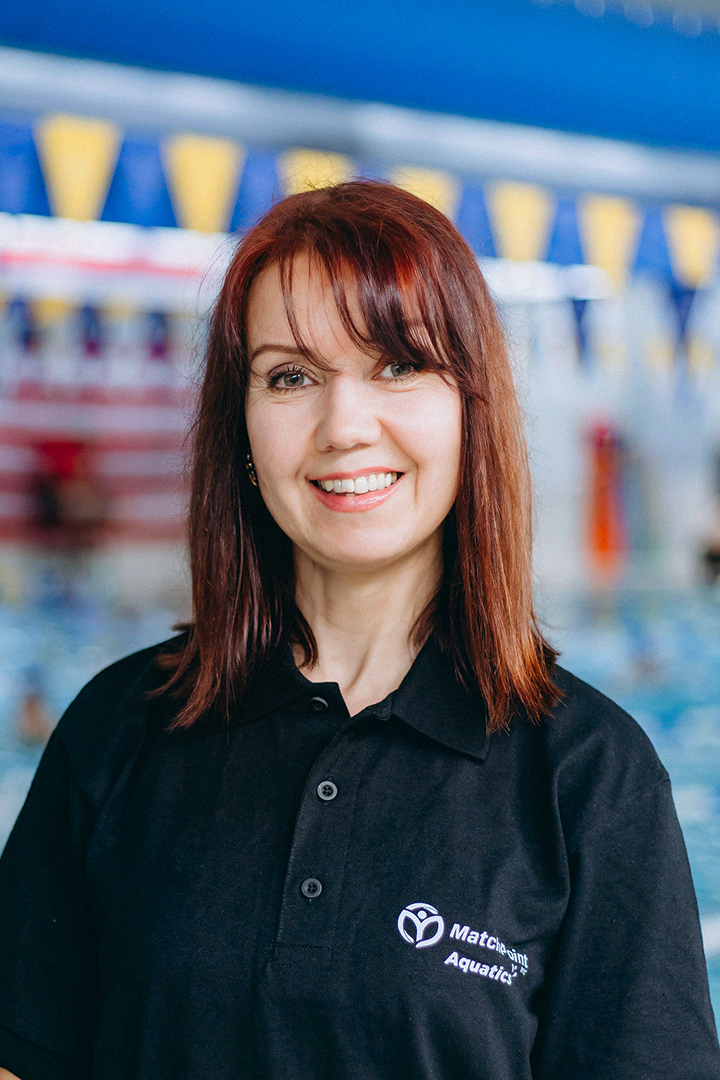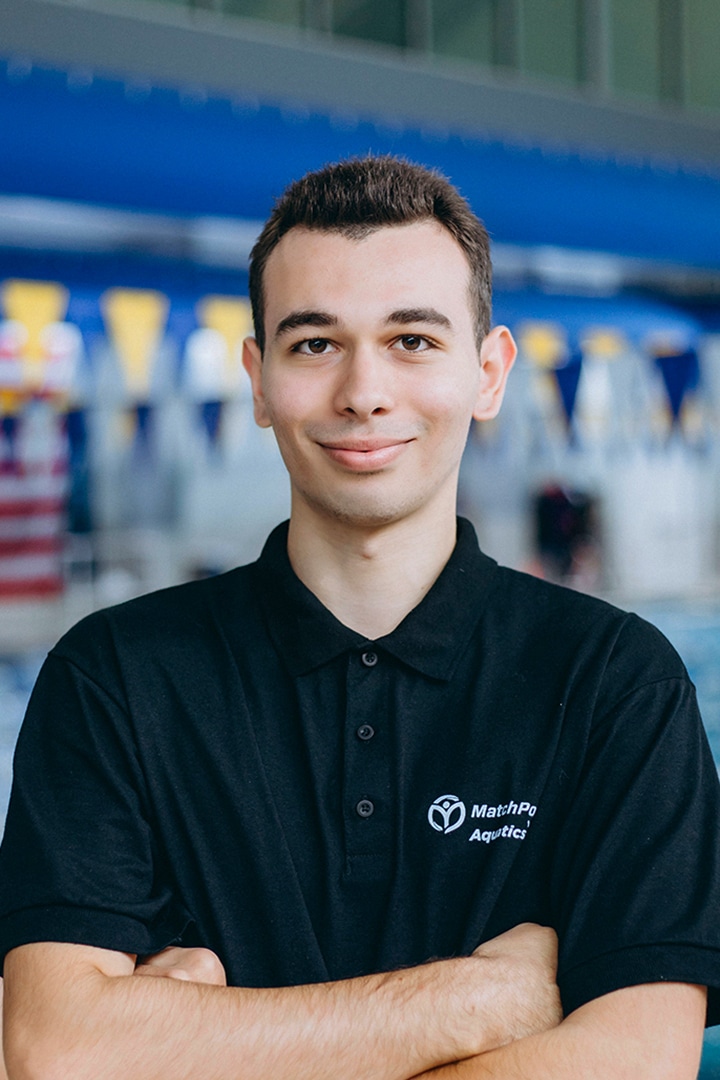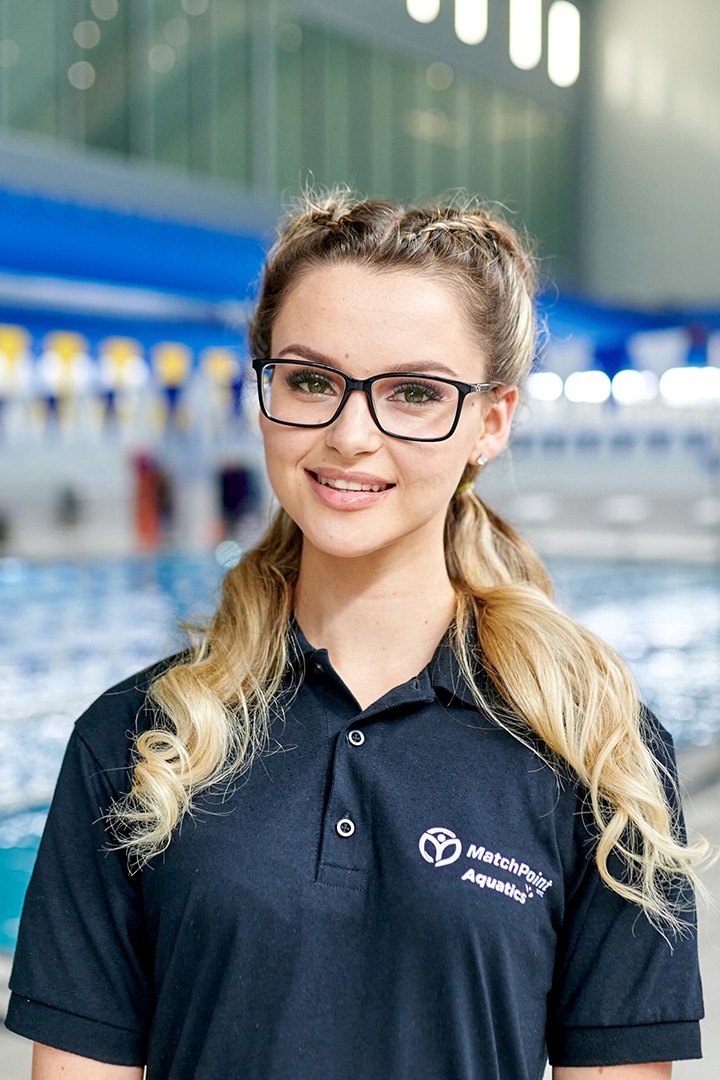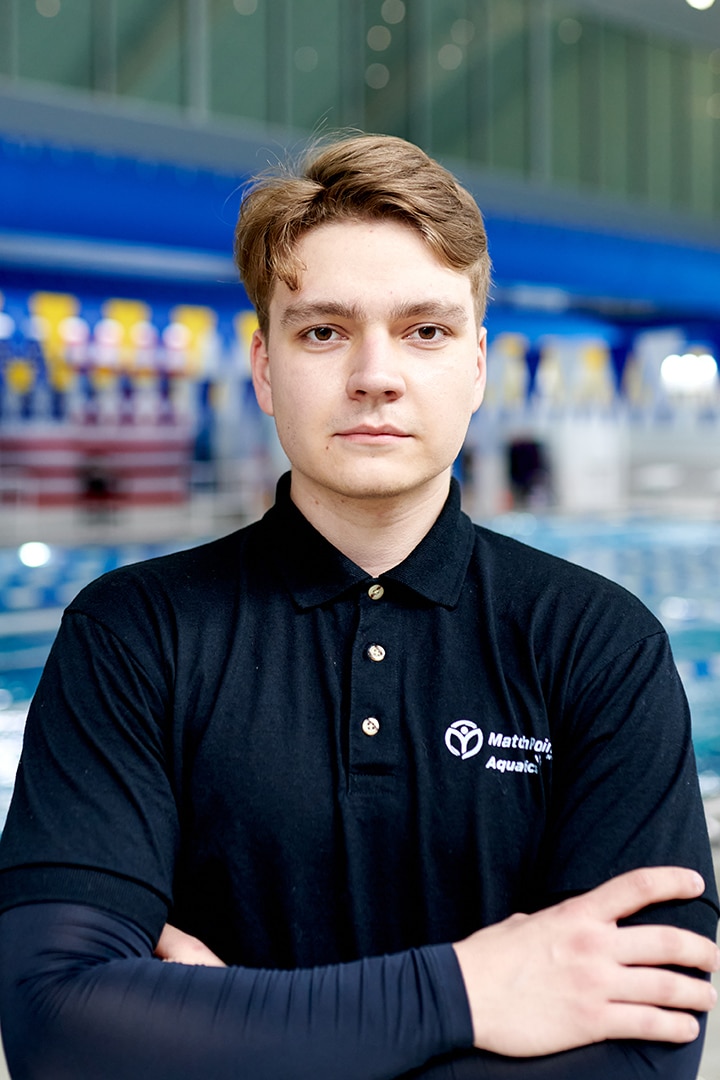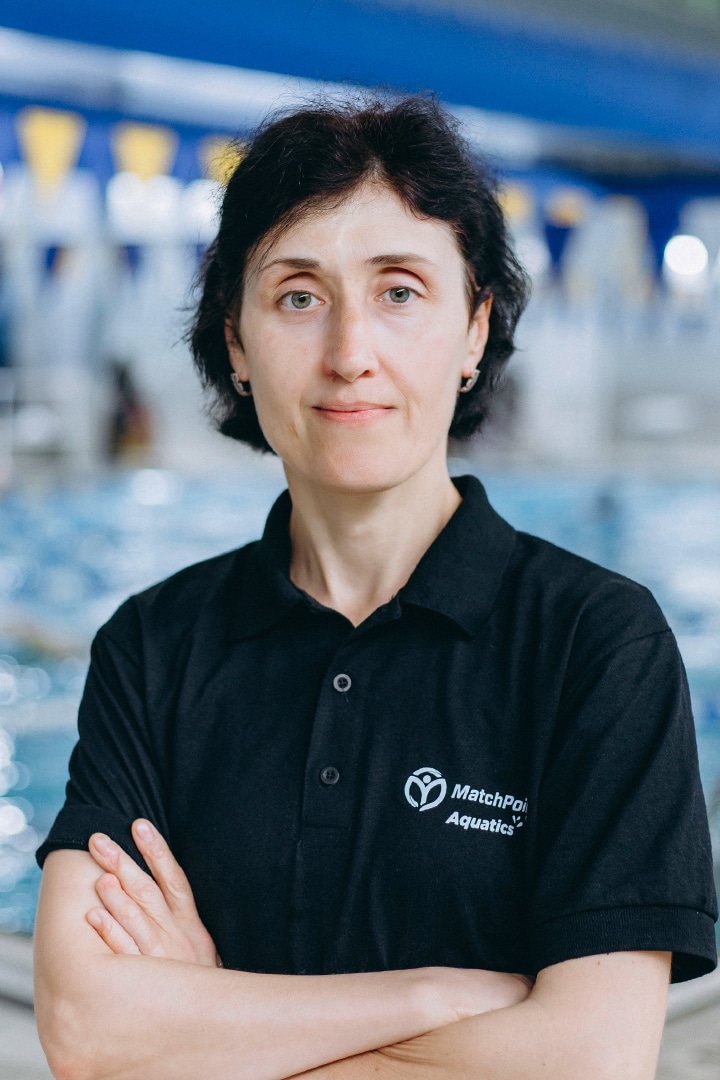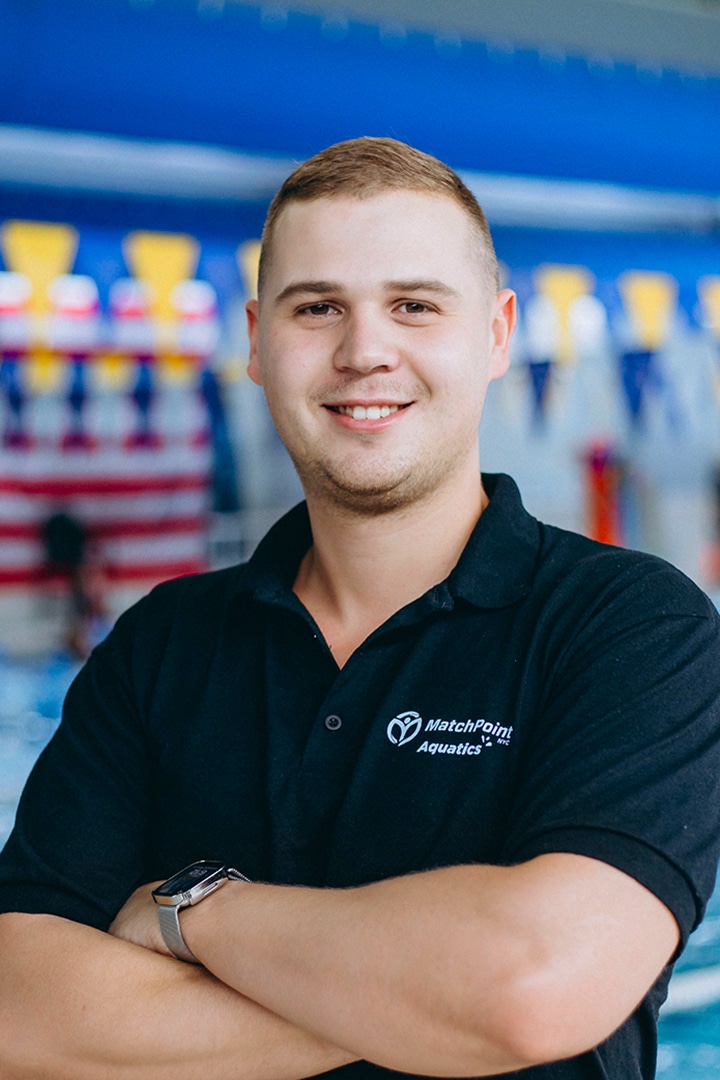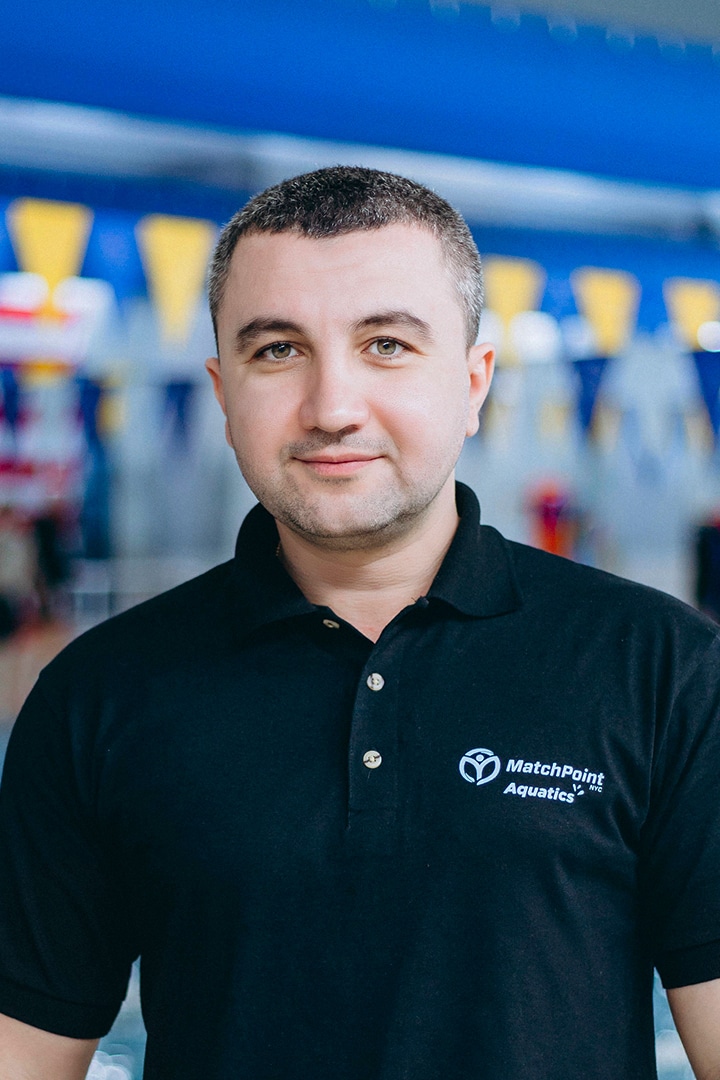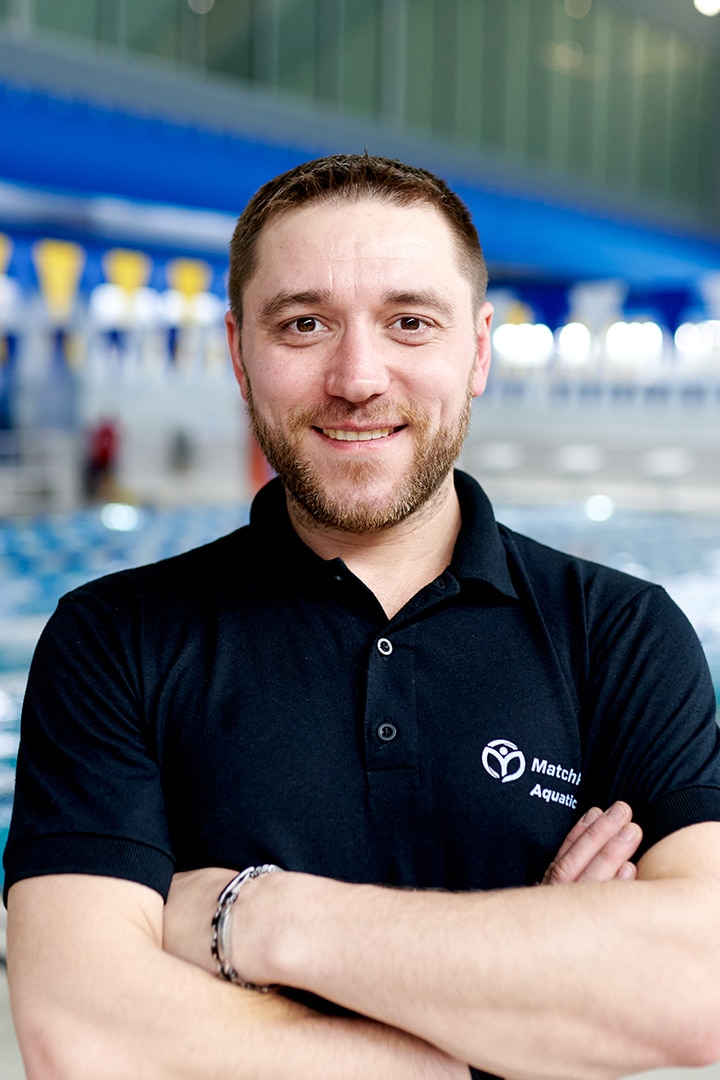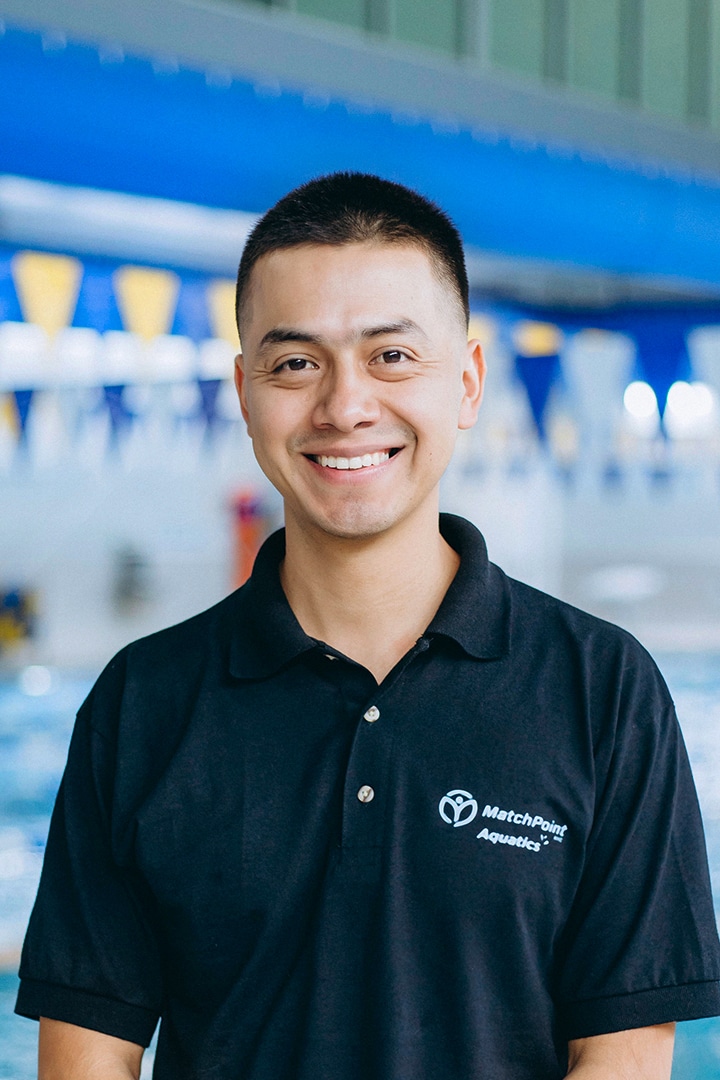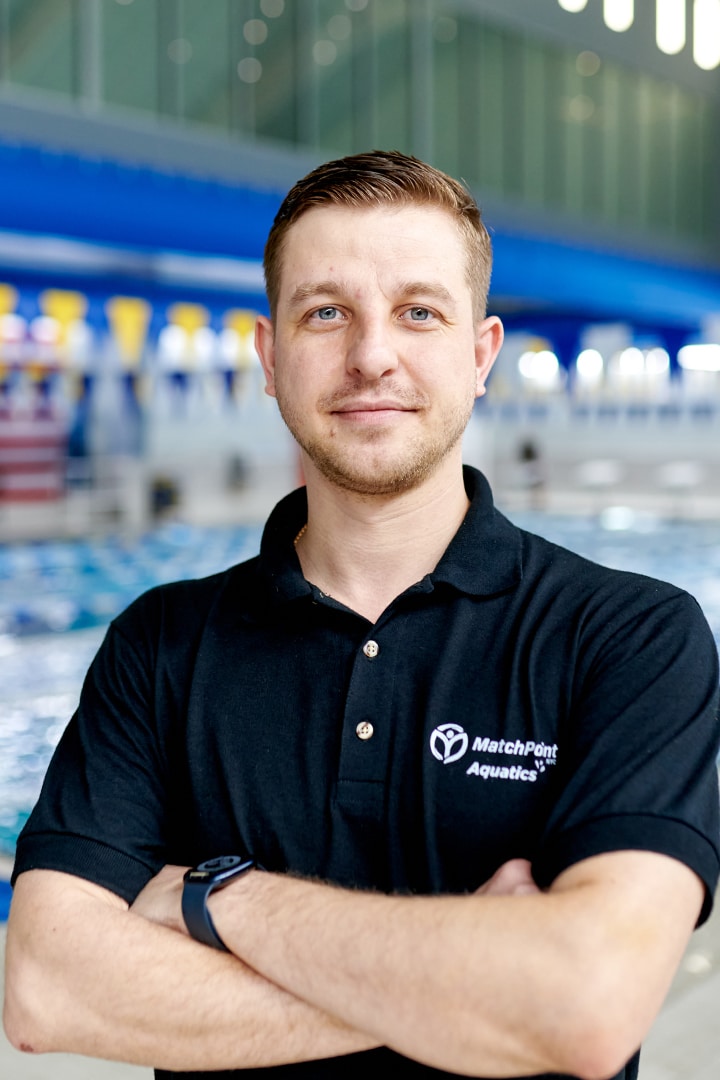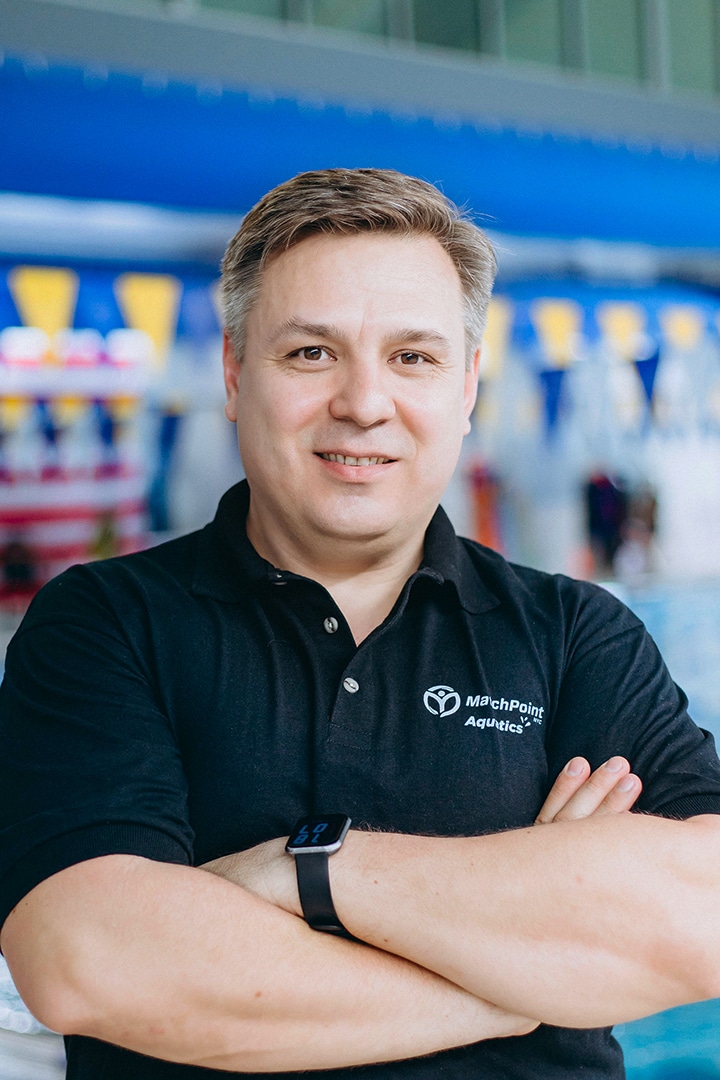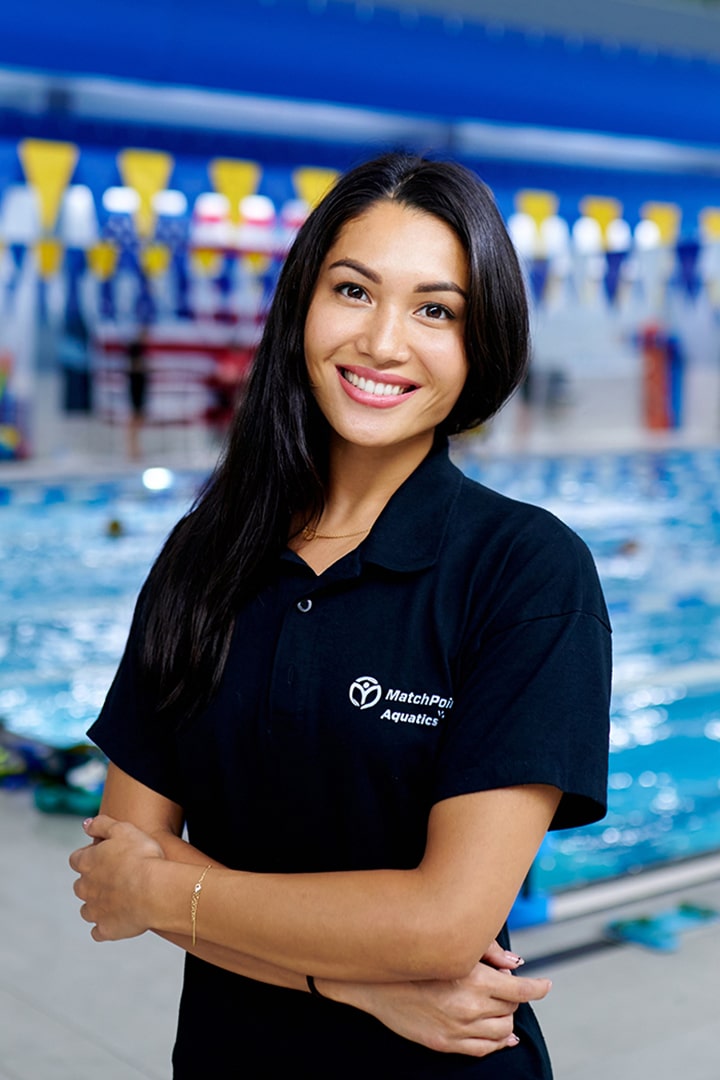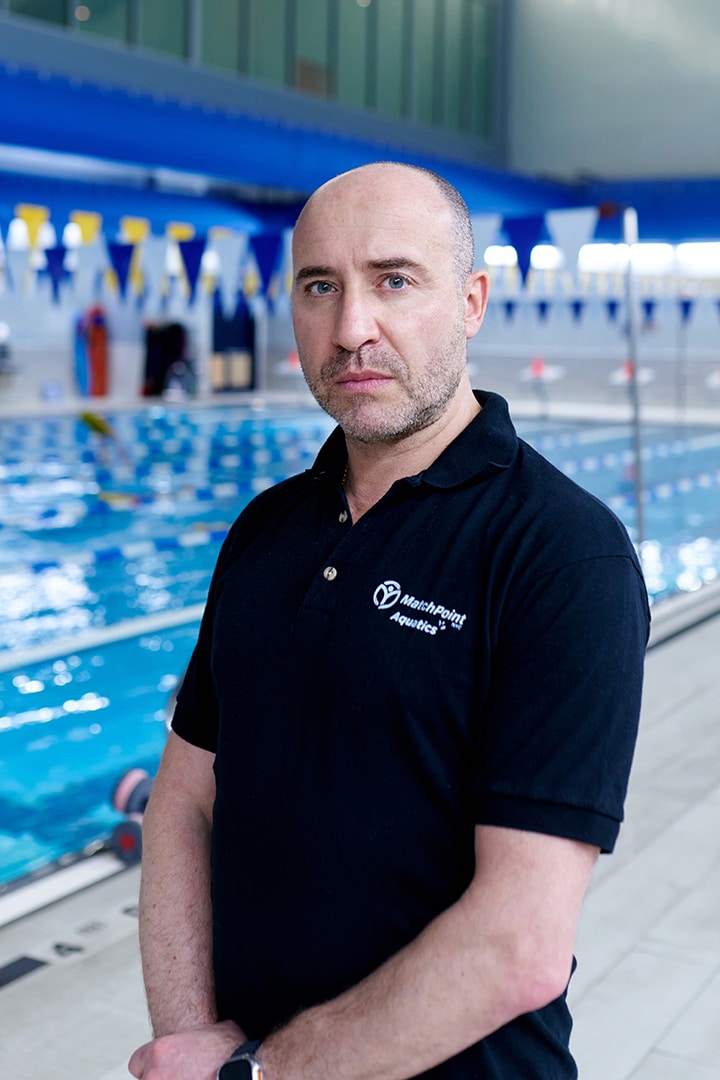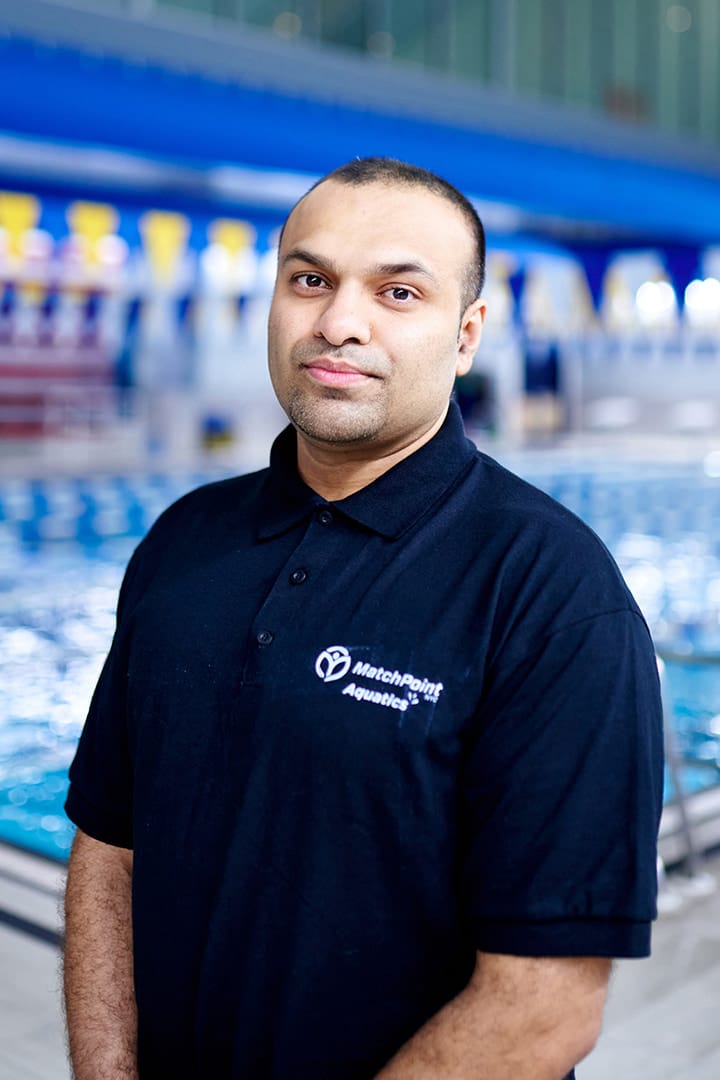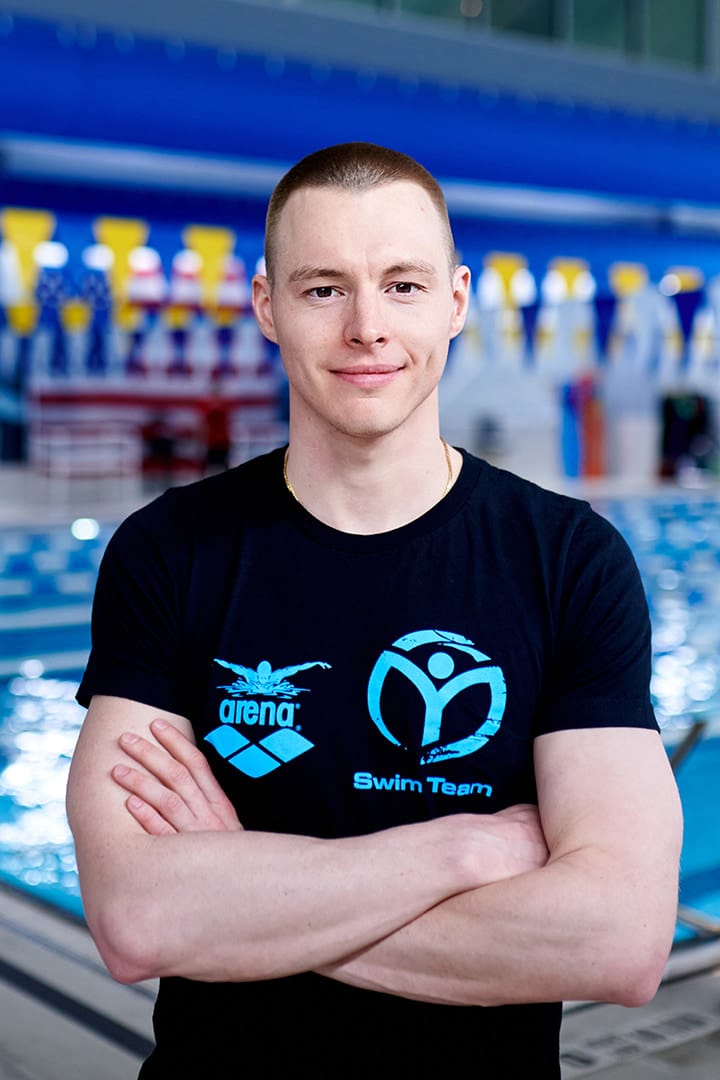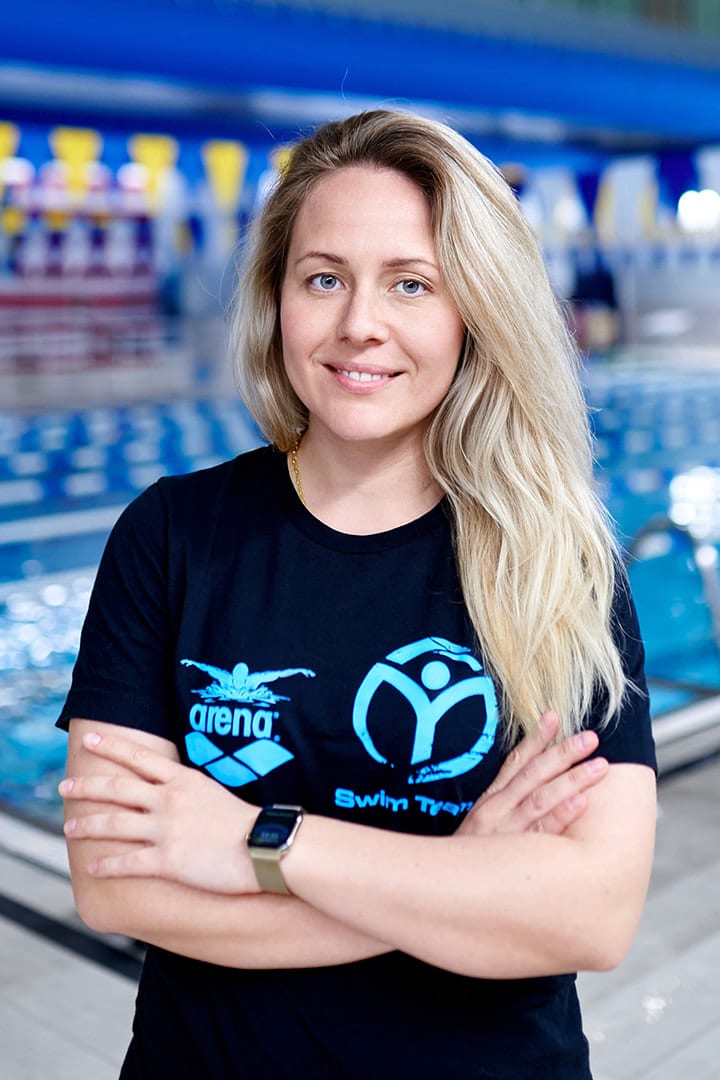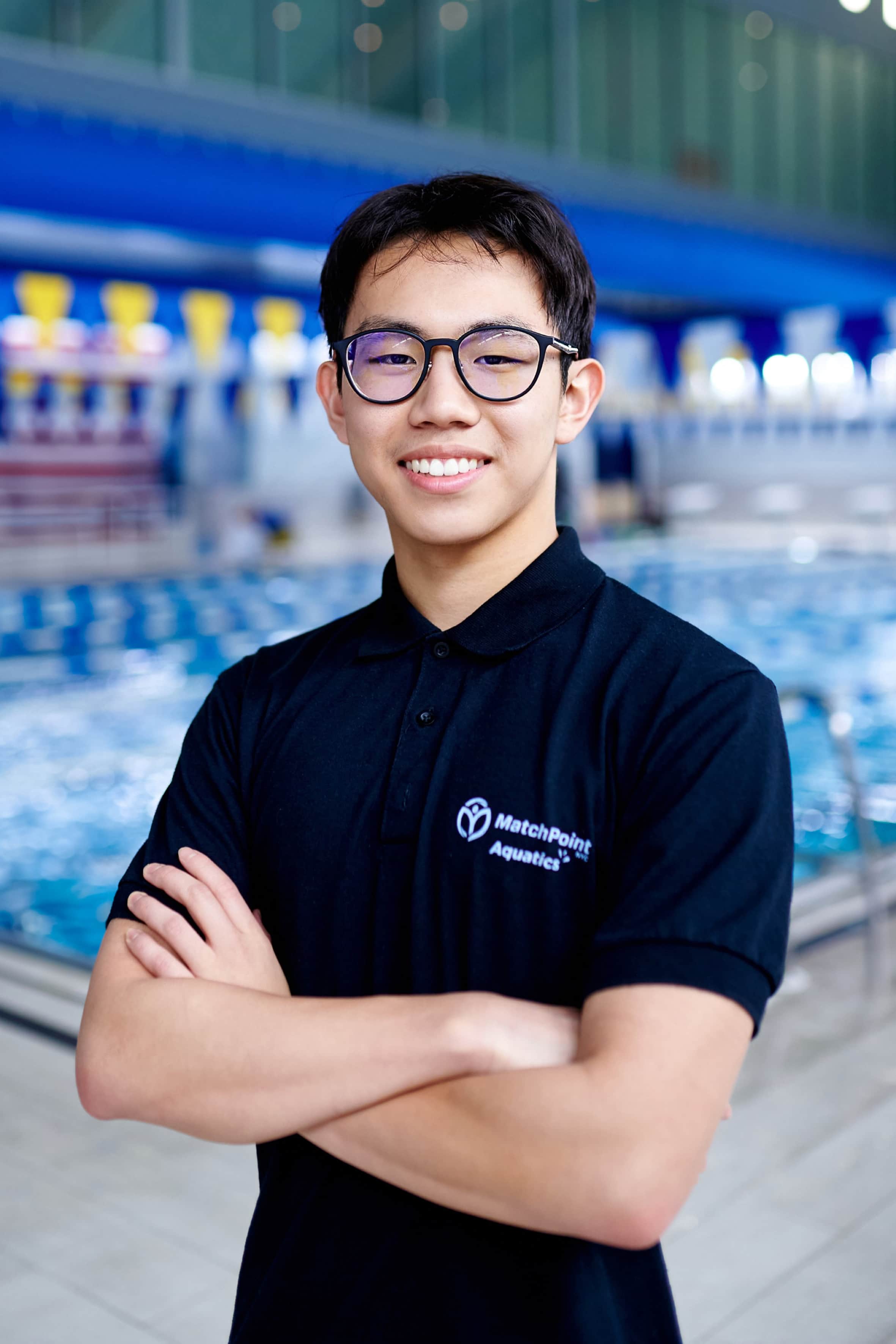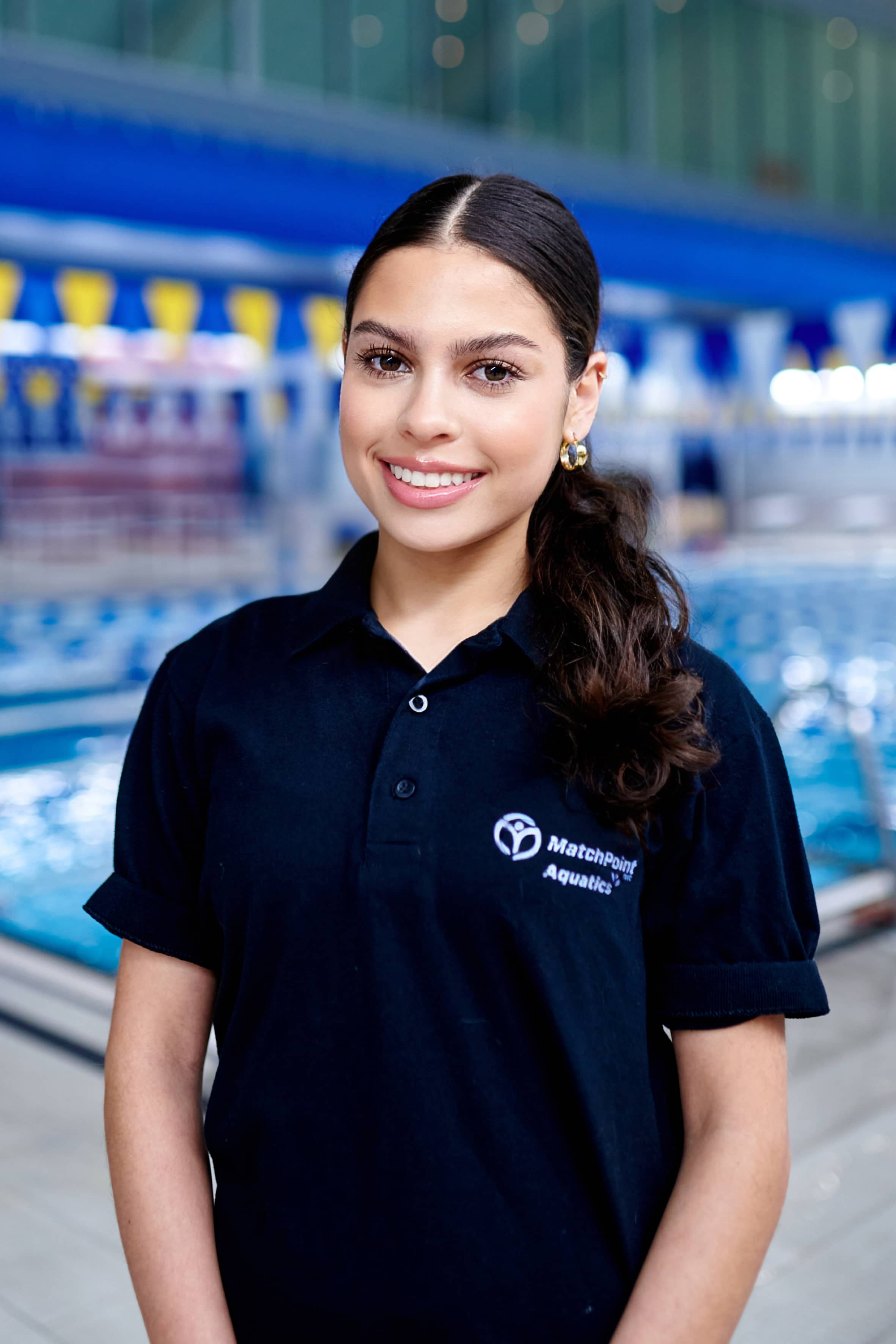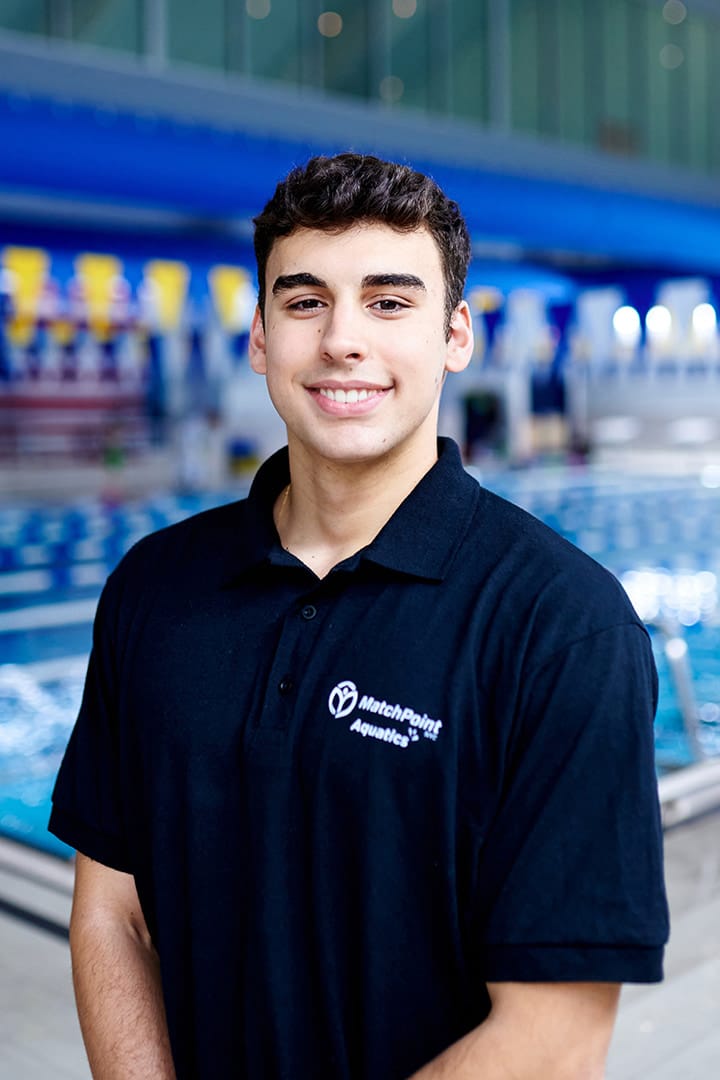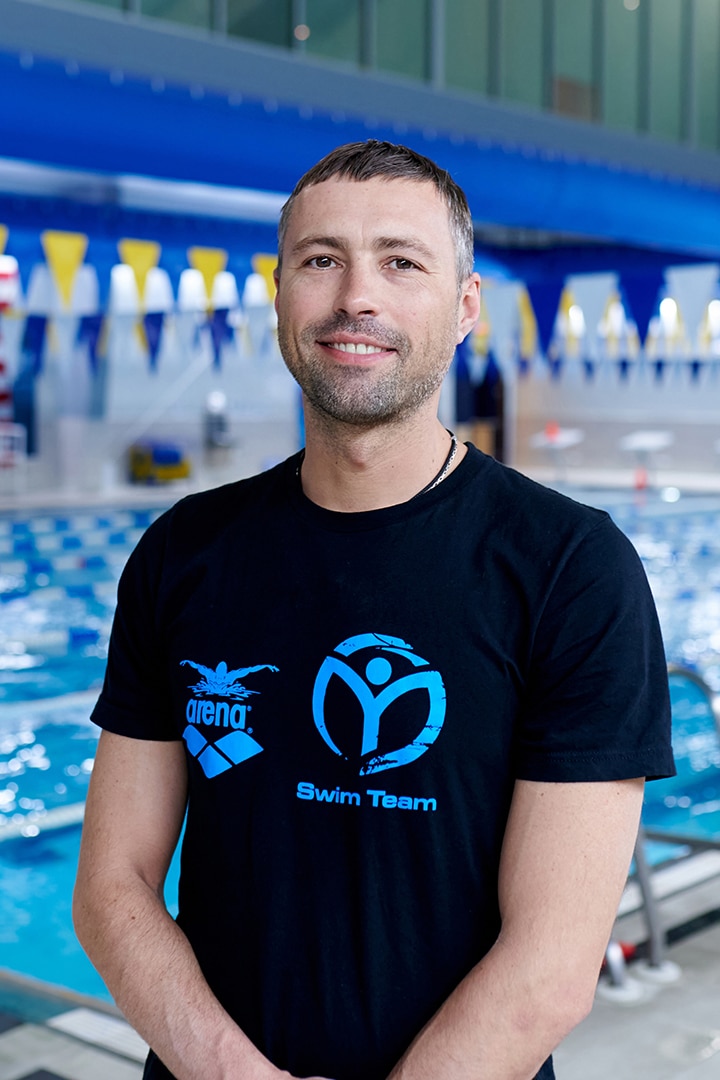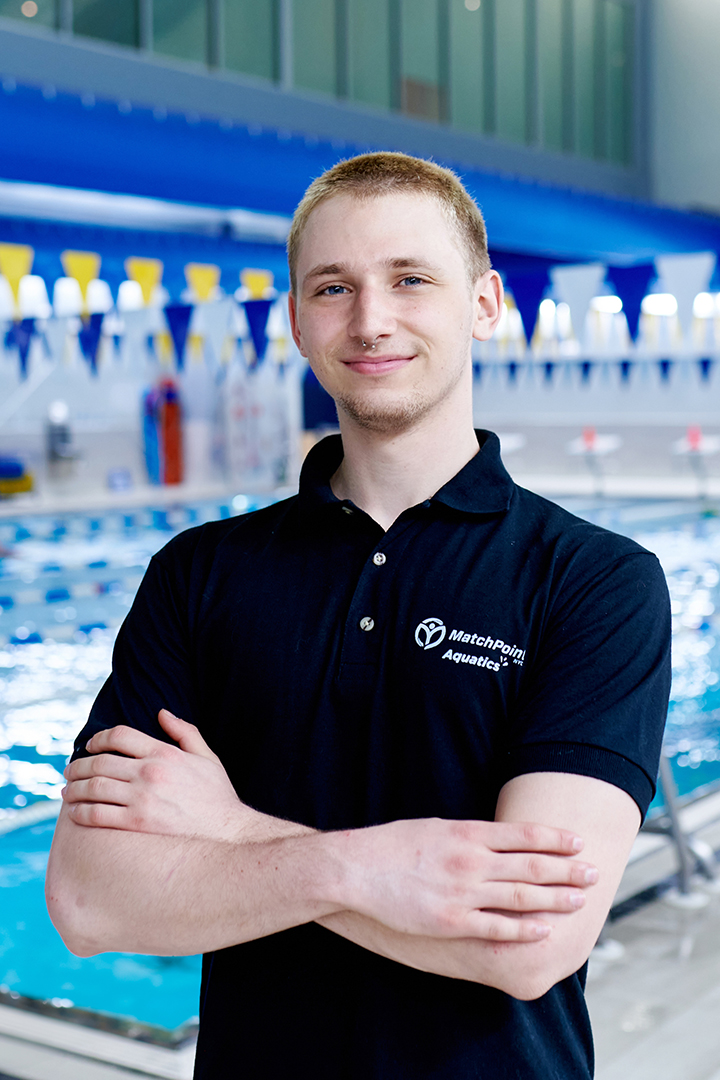Meet our Coaches:
The Learn-to-Swim course consists of six levels, focused on teaching school-age children and young teenagers how to swim skillfully and safely. Each level builds on information and skills from the previous level, promoting success and a positive learning experience.
Prerequisites
The recommended minimum age for entry into Learn-to-Swim is approximately 6 years old. There is no maximum age for any level; however, it is typical that participants in the Learn-to-Swim levels are elementary- to middle school-age children. There are no skill prerequisites for Learn-to-Swim Level 1. For Levels 2 through 6, participants must be able to demonstrate the exit skills assessment of the previous level.
LEVEL 1—INTRODUCTION TO WATER SKILLS
Introduces basic aquatic skills, which participants continue to build on as they progress through Learn-to-Swim. In addition, participants start developing positive attitudes, effective swimming habits and safe practices in and around the water. Learn-to-Swim Level 1 skills overlap with the Preschool Aquatics Level 1 and 2 skills.
LEVEL 2—FUNDAMENTAL AQUATIC SKILLS
The objective of Learn-to-Swim Level 2 is to give participants success with fundamental skills. Many of the skills taught in this level are the same skills taught in Preschool Aquatics Level 3. This level marks the beginning of true locomotion skills. Participants learn to glide and float without support and recover to a vertical position. Participants further develop simultaneous and alternating arm and leg actions on the front and back, laying the foundation for future strokes.
LEVEL 3—STROKE DEVELOPMENT
The objectives of Learn-to-Swim Level 3 are to expand proficiency of previously learned skills by providing additional guided practice. Participants learn and practice survival floating and learn to swim front crawl at rudimentary proficiency levels. We introduce the scissors and dolphin kicks and extend the time duration for treading water. Participants also learn rules for headfirst entries and begin to learn to enter the water headfirst from a seated position at the poolside. Participants who successfully complete Level 3 have achieved basic water competency in a pool environment.
LEVEL 4—STROKE IMPROVEMENT
In Learn-to-Swim Level 4, participants improve their aquatic skills and increase their endurance by swimming the strokes learned in Level 3 (i.e., front crawl) for greater distances and with more advanced proficiency. Participants add arm actions to the previously learned scissors kick and breaststroke kick to perform the rudimentary sidestroke and to learn the breaststroke. Participants also begin to learn the back crawl and butterfly, as well as the basics of performing a simple open turn at a wall.
LEVEL 5—STROKE REFINEMENT
In Level 5, participants refine their performance of all four strokes (i.e., front crawl, back crawl, butterfly, breaststroke) and increase the distances that they swim. Participants also learn to perform flip turns on the front and back.
LEVEL 6—SWIMMING AND SKILL PROFICIENCY
The objective of this level is to refine strokes, so participants swim them with greater efficiency and effectiveness over longer distances, and focuses on preparing participants for more advanced courses, such as Elite League or Swim Team.
